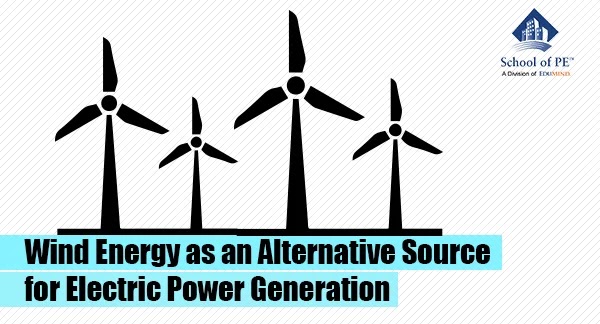Table of Contents
Introduction to wind energy systems
Wind energy is the best source of electric power generation that is mainly from blowing wind across the earth's surface. Turbines develop kinetic energy and change it into electric power, which can provide electricity for household and business applications on small, medium, and large scales. Wind energy is the fastest growing technology of new electricity generation. The growth of wind energy has multi-dimensional benefits like its green power, sustainability and affordability. The earliest wind power technology principle is the sail boat, which influences later developments of sail-type windmills. During 500-900 A.D, Persia developed the first windmills to automate the jobs of grain-grinding and pumping water. The earliest design of wind energy is the vertical axis system. Wind energy is the fastest growing source of energy across the globe. Wind energy is efficient, cost effective, and does not cause pollution. Wind energy is currently one of the lowest cost options for renewable energy technologies. Industrial wind energy has become a valuable energy source. The energy generated from wind is free of pollution. Wind energy helps to ensure that electric demands are met. A small wind energy system is an economical source of electricity for domestic purposes. With large electric power projects, the need for structural engineers to design and execute the construction of electrical grid towers is great. Qualified professional structural engineers with their SE exam certification approve and sign as-built plans of structural engineering power grid tower systems.

Working principle of wind energy systems
The mechanical system of wind rotates the turbine blades to a considerable amount of speed by a shaft that connects to a generator to produce electricity. Renewable solar energy is energy generated from natural resources like sunbeams, wind, rain, and geothermal heat, which are naturally replaced. Wind electric systems are the most cost-effective renewable energy systems. Wind energy systems are connected to the electricity distribution system and are known as grid-connected systems. A grid-connected wind turbine system can reduce the consumption energy of electricity for lights, appliances, and electric heat. If the turbine generates more electrical power than the facility requires, the excess electricity is sold to the utility companies. Commercial production turbines are used to generate electric power, and they are three-bladed and pointed to the wind by computer-controlled motors. This kind of turbine has a high speed of up to six times the wind speed, high efficiency, and the speed of torque ripple is low, which contributes to good reliability. Reliability of the power structure system depends on the structural engineering calculations for various acting forces on members of towers. The calculation of tension and compression in the members is important for structural stability. Structural engineers are well aware of those calculations in their Structural Engineer exam preparation refresher course.
Environmental & social impacts of the wind power system
Wind energy provides an effective way of producing electric power for individuals or businesses. Wind turbines can be constructed in the form of vertical axis and horizontal axis. The most common type of wind turbine is horizontal. Wind turbines are used across the world. Wind energy is versatile and has both advantages as well as disadvantages that make it a bit difficult to implement on a large scale. Wind turbines have some effect on wildlife and the nearby environment. Wind energy does not pollute the air unlike power plants that depend on the combustion of fossil fuels. Wind turbines do not produce acid rain either. Wind power factories may be destructive sources of local environments. Wind turbines may cause environmental damage, and fragile ecosystems can be destroyed. Wind turbines are harmful to birds and other wild animals. Sound pollution may cause health hazards and nervous disorders in nearby neighborhoods. Out of all types of loads for assessing the stability of the structure, wind load is critical and has the tendency to uplift the structure. The types of loads and their load factors for design calculations are discussed in the SE exam review course.
No comments :
Post a Comment